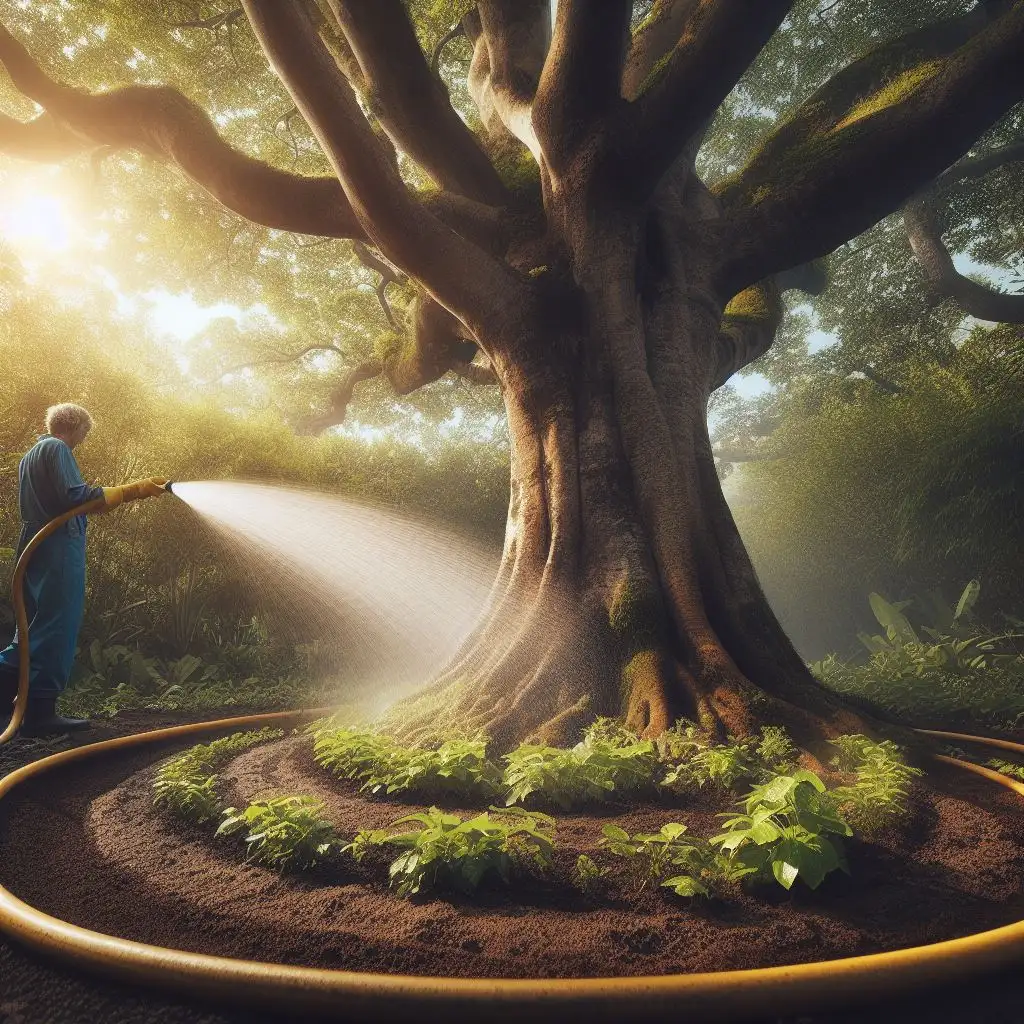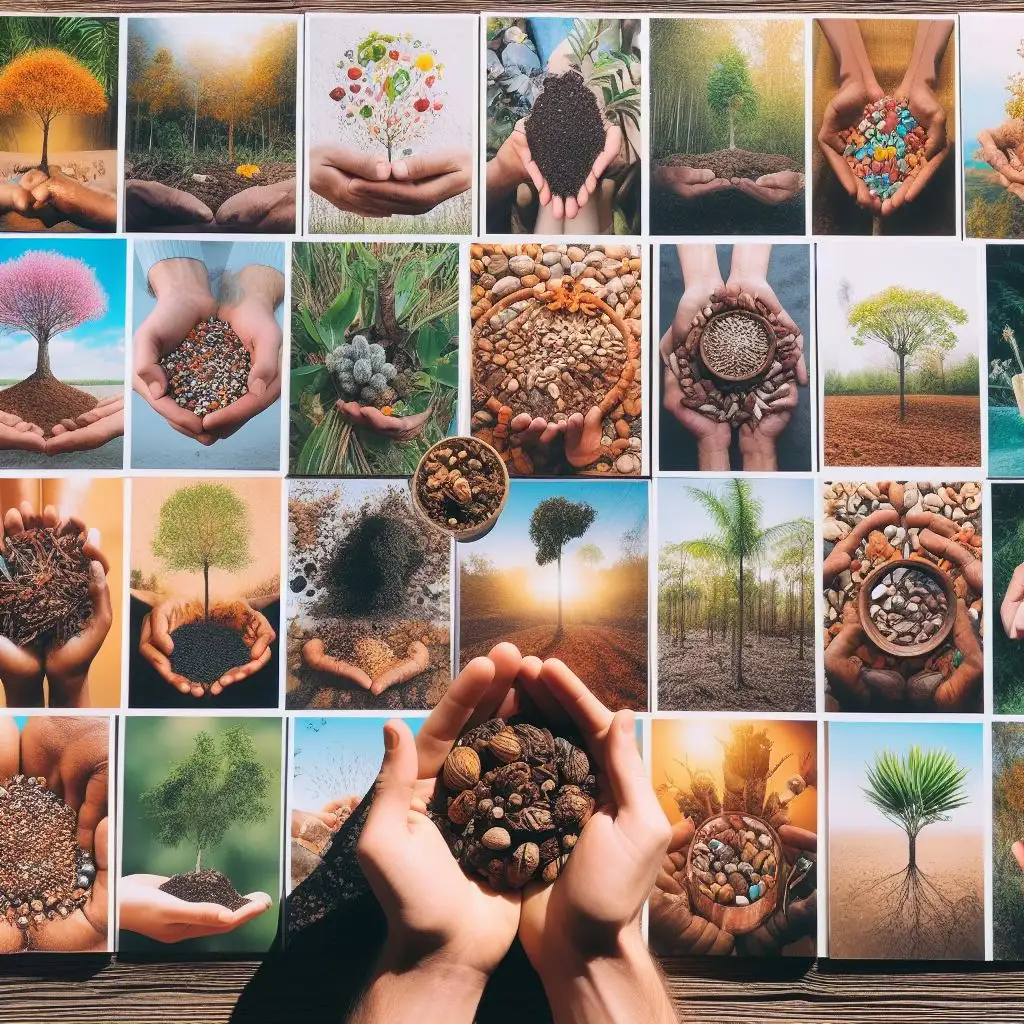Introduction
Did you know that indoor plants can do more than just beautify your home? They can also improve your health, mood, and productivity! According to research, indoor plants can help purify the air, reduce stress, and enhance sleep quality. They can also boost your creativity, concentration, and memory.
But not all indoor plants are created equal. Some are easier to grow than others. Some are more beneficial than others. And some are more dangerous than others. That’s why you need to choose wisely which indoor plants to grow in your home.
In this article, we will review the best and worst indoor plants to grow indoors, and share some tips and tricks on how to turn your home into a green oasis.
| Key Takeaways |
|---|
| – Indoor plants can improve your health, mood, and productivity by purifying the air, reducing stress, and enhancing sleep quality. |
| – The best indoor plants to grow are those that are easy to care for, suit your light conditions, fit your space, and are safe for your pets. |
| – The worst indoor plants to avoid are those that are difficult to grow, have special requirements, are toxic or harmful, or are invasive or illegal. |
| – To care for your indoor plants, you need to water them properly, fertilize them regularly, prune them occasionally, and repot them when necessary. |
| – To identify and treat common indoor plant problems, you need to look for signs of pests, diseases, or environmental stress, and apply the appropriate solutions and remedies. |
The Best Indoor Plants to Grow Indoors
How do you choose the best indoor plants to grow in your home? There are several factors to consider, such as:
- Ease of growth: You want plants that are low-maintenance and resilient. They should be able to survive occasional neglect or mistakes.
- Light requirements: You want plants that match your light conditions. They should be able to thrive in bright, medium, or low light.
- Size: You want plants that fit your space. They should be able to grow in small pots, hanging baskets, or large containers.
- Pet-friendliness: You want plants that are safe for your pets. They should not be toxic or harmful if ingested or touched.
Based on these criteria, here are some of the best indoor plants for beginners, low-light, small spaces, or pet owners:
| Plant Name | Benefits | Features | Care Tips |
|---|---|---|---|
| Spider plant | Purifies the air; reduces allergies | Long green leaves with white stripes; produces baby plants (spiderettes) that can be propagated | Water moderately; keep in bright indirect light; fertilize monthly |
| Peace lily | Purifies the air; reduces mold spores | Dark green leaves; white flowers (spathes) that bloom year-round | Water when soil is dry; keep in medium to low light; fertilize every 6 weeks |
| Aloe vera | Purifies the air; heals wounds and burns | Succulent with thick green leaves; contains gel-like substance that can be applied topically | Water sparingly; keep in bright light; fertilize twice a year |
These are just some examples of the best indoor plants to grow indoors. You can find more options in our website or social media channels.
The Worst Indoor Plants to Avoid or Be Careful With
How do you choose the worst indoor plants to avoid or be careful with in your home? There are several factors to consider, such as:
- Difficulty of growth: You want to avoid plants that are high-maintenance and delicate. They may require constant attention or special conditions.
- Special requirements: You want to avoid plants that have specific needs or preferences. They may need a certain temperature, humidity, or soil type.
- Toxicity: You want to avoid plants that are poisonous or harmful. They may cause irritation, inflammation, or infection if ingested or touched.
- Invasiveness: You want to avoid plants that are aggressive or illegal. They may spread uncontrollably or damage your property.
Based on these criteria, here are some of the worst indoor plants to avoid or be careful with:
| Plant Name | Drawbacks | Challenges | Precautions |
|---|---|---|---|
| Cactus | Prickly; may cause injury | Needs bright light; dry soil; warm temperature | Wear gloves; keep away from children and pets; check for pests |
| Snake plant | Toxic; may cause nausea, vomiting, or diarrhea | Needs well-drained soil; moderate light; cool temperature | Wash hands; keep away from children and pets; avoid overwatering |
| Bonsai | Fragile; may die easily | Needs careful pruning; shaping; wiring | Follow instructions; use tools; repot every 2 years |
These are just some examples of the worst indoor plants to avoid or be careful with. You can find more information and warnings on our website or social media channels.
How to Care for Your Indoor Plants
How do you care for your indoor plants? There are some general principles that apply to most indoor plants, such as:
- Watering: You need to water your indoor plants properly, depending on their type and size. You should check the soil moisture before watering, and avoid overwatering or underwatering. You should also use room-temperature water, and drain the excess water from the saucer.
- Fertilizing: You need to fertilize your indoor plants regularly, depending on their growth cycle and season. You should use a balanced fertilizer, and follow the label instructions. You should also avoid fertilizing when the soil is dry, or when the plant is dormant or stressed.
- Pruning: You need to prune your indoor plants occasionally, depending on their shape and health. You should use sharp scissors or shears, and cut at an angle. You should also remove any dead, diseased, or damaged leaves or stems.
- Repotting: You need to repot your indoor plants when necessary, depending on their root system and container size. You should use a slightly larger pot, and fresh potting mix. You should also loosen the roots gently, and water thoroughly after repotting.
These are some general tips on how to care for your indoor plants. You can find more specific advice on how to care for different types of indoor plants on our website or social media channels.
How to Identify and Treat Common Indoor Plant Problems
How do you identify and treat common indoor plant problems? There are some common causes and signs of indoor plant problems, such as:
- Pests: These are small insects or animals that feed on your indoor plants. They may cause holes, spots, webs, or sticky residue on your leaves or stems. Some common pests are aphids, fungus gnats, spider mites, mealybugs, etc.
- Diseases: These are fungal, bacterial, or viral infections that affect your indoor plants. They may cause discoloration, wilting, rotting, or distortion on your leaves or stems. Some common diseases are root rot, powdery mildew, leaf spot, etc.
- Environmental stress: These are unfavorable conditions that affect your indoor plants. They may cause curling, drooping, yellowing, or browning on your leaves or stems. Some common environmental stress factors are overwatering, underwatering, low light, high temperature, etc.
There are some specific solutions and remedies on how to treat different types of indoor plant problems, such as:
- Pests: You can use natural methods or chemical methods to get rid of pests. Natural methods include washing with water, wiping with alcohol, spraying with soap or oil, or introducing beneficial insects. Chemical methods include using insecticides or pesticides that are safe for indoor plants.
- Diseases: You can use preventive measures or curative measures to deal with diseases. Preventive measures include choosing healthy plants, using sterile tools and soil, providing good air circulation, and removing infected parts. Curative measures include using fungicides or bactericides that are safe for indoor plants.
- Environmental stress: You can use corrective actions or adaptive actions to cope with environmental stress. Corrective actions include adjusting the watering frequency, changing the light exposure, modifying the temperature level, or adding humidity. Adaptive actions include moving the plant to a different location, choosing a different pot size or material, or switching to a different plant type.
These are some specific tips on how to identify and treat common indoor plant problems. You can find more detailed guidance on how to solve different types of indoor plant problems on our website or social media channels.
Conclusion
Indoor plants are not only beautiful but also beneficial. They can make your home a happier and healthier place to live in. But you need to choose wisely which indoor plants to grow in your home. You also need to care for them properly and solve any problems that may arise.
In this article, we have reviewed the best and worst indoor plants to grow indoors, and shared some tips about plants.




[…] they are also for having fun! In this article, you will discover 10 creative and fun ways to use plants in your home decor, and how they can transform your living space into a vibrant and cozy oasis. You will learn […]
[…] to support your plants and increase air circulation. You can use containers or pots to move your plants indoors or outdoors as […]
[…] flowers, or fruits. In this article, you will learn everything you need to know about perennial green plants, such […]
[…] materials and tips can help you germinate seeds indoors and enjoy the benefits of growing your own plants from […]
[…] philodendron paraiso verde is a stunning plant that will add a touch of paradise to your home. But how do you grow and care for this plant? What […]
[…] if the temperature is expected to drop below 50°F (10°C) at night. You can also bring your plant indoors, or to a sheltered area, such as a garage, a shed, or a greenhouse, if the temperature is expected […]
[…] weeding, and protecting the plants as needed, following the same guidelines and tips as for the indoor plants. You can also do this by checking the plants for any signs of problems, such as pests, diseases, or […]
[…] Dipladenia can be grown as an annual or a houseplant. In these zones, you will need to bring the plant indoors before the first frost, and keep it in a warm and sunny location, such as a window or a greenhouse. […]
[…] to add a splash of orange in a sea of green? If so, you might want to consider growing a Sun Star plant indoors. The Sun Star plant, also known as Ornithogalum dubium, is a bulbous plant that belongs to the […]